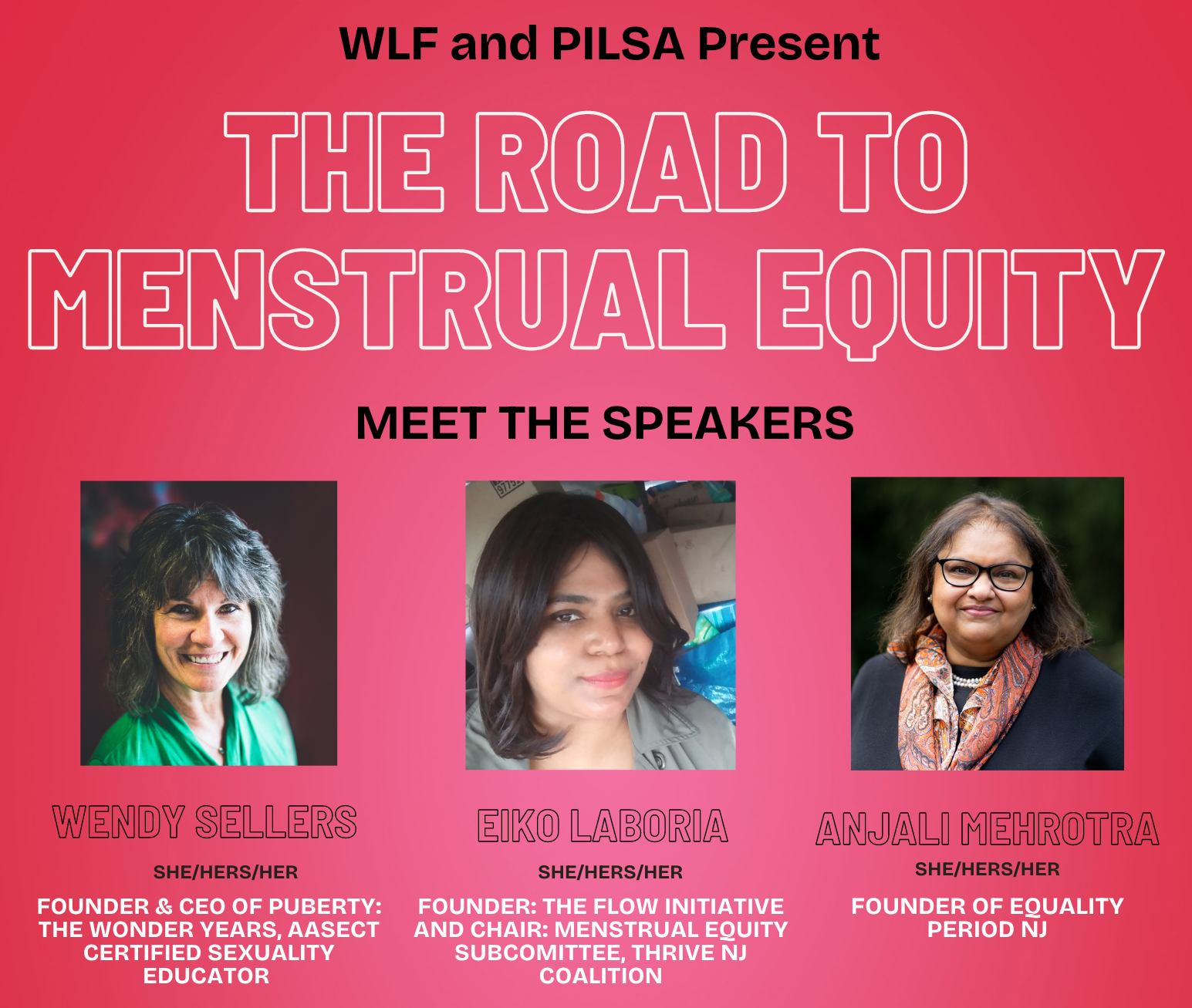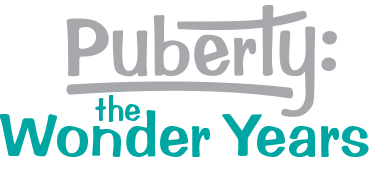Whaaaat? You might be scratching your head at this term. In short, menstrual equity is a social justice movement to ensure that everyone who menstruates has equal access to menstrual products and sexual health education about menstruation. Sometimes referred to as period equity, it seeks to address the inequities revealed when one in four menstruating people say they do not have everything they need to manage their menstruation.
Period Poverty
Closely related to menstrual equity is “period poverty.” “Period poverty” has been defined by the American Medical Women’s Association as inadequate access to menstrual hygiene tools and education, “including but not limited to sanitary products, washing facilities, and waste management.” According to JAMA, schoolgirls, displaced adolescent girls and women, and women in the workplace face significant menstruation-related challenges whether they live in in low-, middle-, or high-resource nations. These challenges include menstrual stigma, insufficient menstrual education, and limited access to menstrual materials, toilets with water, mechanisms for disposal of used materials, or privacy.
We might think these challenges only face people in developing countries. The challenges are clear when people must choose between buying food or menstrual products; lack access to clean water and a safe, private toilet; are forced to miss school or work; or are ostracized from their family while menstruating. However, people who menstruate in highly developed countries also face barriers in the form of “tampon taxes;” lack of access to products in schools, worksites, and prisons; and absences from school and work. This article describes period poverty around the world.
Promoting Menstrual Equity
As awareness of these inequities has increased, many groups are taking steps to increase awareness, change laws and policies, and ensure access to menstrual products and facilities for all. Here are a few examples and opportunities for you to get involved:
- Since 2014, Menstrual Hygiene Day is held each year on May 28 around the globe to end the stigma surrounding menstruation and to build a world where no one is held back because they menstruate by 2030.
- The first National Period Day was held in all 50 states in the U.S. on October 19, 2019.
- Rutgers Women’s Law Forum held a panel discussion and period product drive to engage law school students in promoting menstrual equity. The panel identified three puzzle pieces in the menstrual equity: laws/policies, access to products and facilities, and education.
- Helping Women Period provides menstrual products and education in their region. Contact them for help, support, or links to international and national resources.
- The County of Santa Clara has made a commitment to ending period poverty and creating menstrual equity.

What You Can Do
- Educate young people about menstruation…ALL young people, not only those you think will menstruate. Menstruation is a biological fact that must be addressed before learning can happen. “Students need to Maslow before they can Bloom.”
- Talk about menstruation without cringing. Use the medical/dictionary terms for menstruation, not slang that perpetuates the silence, shame, and stigma surrounding periods.
- Hold a menstrual product petting zoo to allow people to learn about the array of menstrual products available. Thanks for the great idea, Lysne Tait of Helping Women Period!
- Talk to decision-makers at your school and work about providing menstrual products free in all bathrooms. Make sure students don’t have to complete an embarrassing and time-consuming obstacle course to get a menstrual product at school.
- Talk to your school administrators and teachers about providing sex education that teaches all students about menstruation. Yes, Puberty: The Wonder Years includes menstrual education.
- Apply for the Period Positive Award at your school. Use their questions to assess your school’s period positivity.
- Recognize that half the world menstruates, including people who don’t identify as a girl or woman. Include everyone in the conversation and planning to reduce menstrual inequity.
- Advocate for menstrual equity at the state and national level. This Menstrual Equity toolkit provides guidance. State Action to Increase Access to Menstrual Products describes issues and progress at the state level.
- Use this simple form to write to your legislators, urging them to so-sponsor the menstrual equity legislation. I did. It is so easy to use!
Learn More
- 5 Things to Know about Menstrual Equity and Period Poverty, Girls Inc.
- Periodical, 2023 documentary trailer, video streaming on Peacock
- Breaking the Menstruation Taboo, NPR (46-minute interview about Periodical documentary)
- ‘Periodical filmmaker wants to talk about PMS, menopause and the tampon tax, Fresh Air, NPR,
- This is the period talk you should’ve gotten, Life Kit, NPR,
- Period Poverty and Promoting Menstrual Equity, JAMA Health Forum



